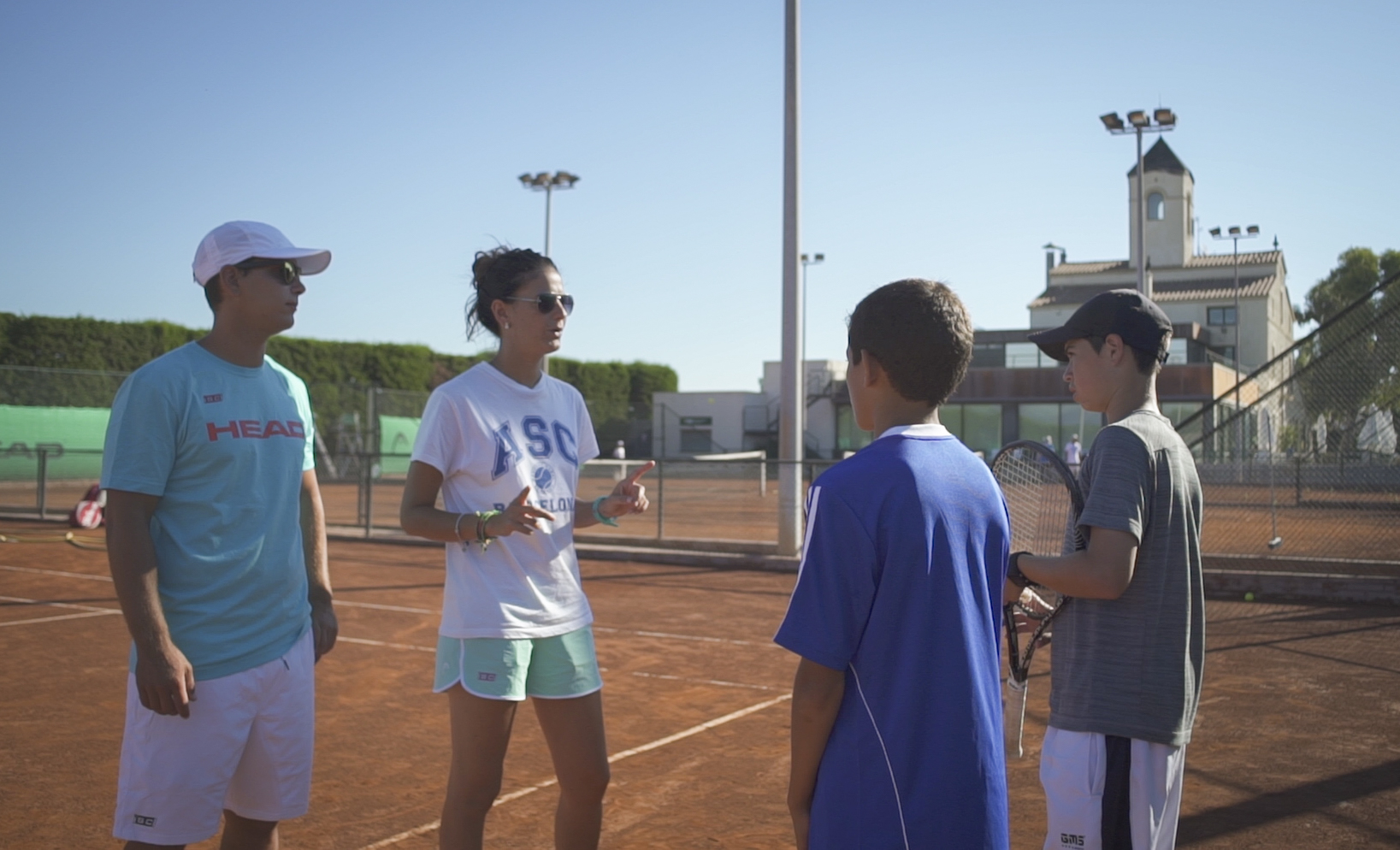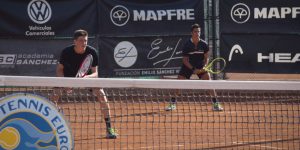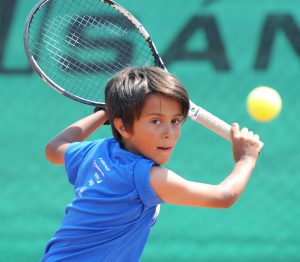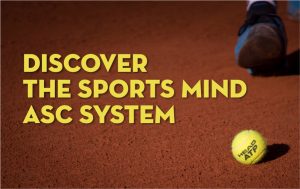
By Mónica Monserrat, Psychologist at Sánchez-Casal Academy
In sport today, there is one fundamental variable for reaching sporting success which is more important than technical skills and tactics. It is the psychological process of attention: by exercising optimum control over their attention, players can obtain the best possible results in competition. Only when the player is capable of maintaining and focusing attention on the execution of a task, controlling negative thoughts and avoiding distractions, is when players perform to their best.
For this reason, much of the psychological training carried out in the Sánchez-Casal Academy is directed towards providing training in attention skills. Daily training includes exercises which specifically stimulate the different types of attention involved in playing tennis, including divided attention, sustained attention and selective attention.

Let’s take a look at the different types of attention in a little more detail. As Holzman (1994) indicates, attention is a complex concept that encompasses a wide variety of physiological phenomena which can be classified into:
- Focused attention: based on the amount of information selected in any given moment.
- Sustained attention: attention over time, i.e. the amount of time that a task can be executed for, and the consistency of the execution of that task over a period of time. It’s related to the concepts of continual performance (the task requires a continued response) or vigilance (the task requires a more spaced out response, with long periods of motor control and remaining alert).
- Vigilance: is the ability to detect and respond to the occurrence of slight changes in the environment over time.
- Selective attention: is the ability to focus on one specific task even in the context of stimulus from distractions or competition. It relates to the concepts of concentration (selecting and assembling all the relevant stimulation to focus on) and attentional change (the ability to be flexible with your focus depending on the demands of the task).
- Divided attention: the ability to respond to two or more tasks simultaneously, or to more than one stimulus in the same task.
- Alternating attention: the ability of having the mental flexibility to allow the individual to switch their attention effectively and move between tasks with different cognitive requirements.
- Attentional control: the planning, regulation and checking of goal-oriented behavior.
Every sports player has a dominant style of attention, and that style depends on individual differences, the skills required by the sport they play and the activation of these skills in the athlete. It’s clear that when an athlete has a high level of activation, their dominant attentional style prevails. But when their activation level goes over the threshold, the player loses control of their attention and enters a state of panic.

Without a doubt, in the Sánchez-Casal Academy, it has always been our intention to innovate and keep up with new challenges and new work goals, and for this reason we place special emphasis on attention on a daily basis.
Selective attention is particularly relevant to tennis. If the tennis player is capable of selecting the relevant information and ignoring irrelevant stimuli, their performance will be greatly enhanced. This is especially the case when the coach focuses the player’s attention on a specific movement. This doesn’t mean that they want the player to ignore the entire kinetic chain, but is pointing out which part they need to focus on at a particular time. Through practice, the tennis player will be able to place their full attention, voluntarily, on important aspects (looking at their rival, positioning their feet correctly), or carrying out an action which needs focused voluntary attention (like serving the ball). The more automated technical movements become, voluntary attention levels will increase, allowing the player to confront more complex situations.
In contrast, divided attention is when the individual pays attention to two or more stimuli at the same time. A tennis player should pay attention to the movements of their rival, and at the same time, prepare a technical movement of defense or attack.
It is certain that with good training in attention and problem solving abilities, a player is more likely to play a better game.
Mónica Monserrat
Psychologist at Sánchez-Casal Academy, Barcelona
















